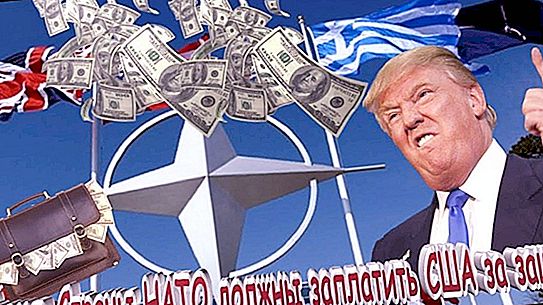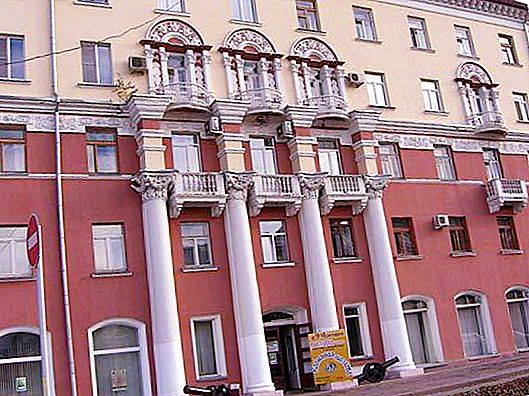Now it’s hard to believe it, but it was like that - not a day went by that in any absolutely every Soviet newspaper, be it Izvestia or Rural Life, these four ominous letters in bold print would not catch my eye: NATO.
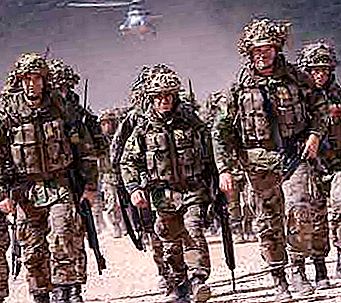
Why ominous? Yes, because they were obsessively associated with nuclear bombs, missiles, shells and other deadly things that NATO countries wanted to bring down to peaceful cities. The same newspapers were full of caricatures and intricate photo collages.
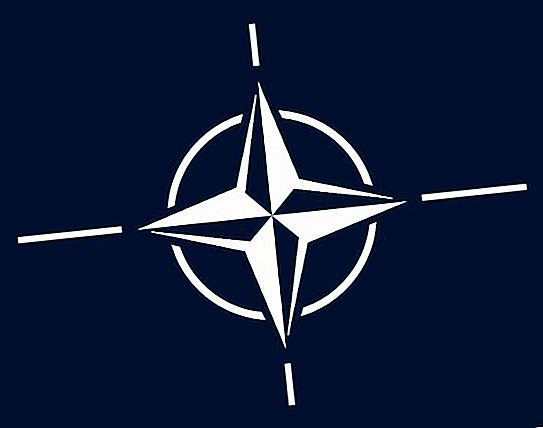
The visual series consisted of images of terrible nuclear explosions, the insane appearance of generals tearing at the launch buttons of intercontinental missiles, monstrous tanks and no less monstrous robot-like soldiers bristled with automatic rifles. There was a strong impression that the everyday clothes of the NATO countries are exclusively military uniforms, helmets, gas masks and so on.
What was hidden behind this abbreviation that excites the minds of several generations of Soviet citizens? North Atlantic Treaty Organization. It was created back in 1949, in the face of, as it was then expressed, "growing Soviet expansion." That was the very beginning of the Cold War, which, fortunately, did not turn into a "hot" one, despite the fact that both sides - the Soviet Union and its allies and NATO countries - took many rash and dangerous steps, and often did not shun outright provocations. It is enough to recall the Caribbean crisis, when the threat of nuclear war was higher than ever, the events around the Suez Canal in 1956, as well as a number of other, less dramatic, but also unpleasant events in recent history.
Initially, the Atlantic Union, as the organization is also called, included twelve states. Gradually others were added to them, thereby strengthening the economic and military power of NATO.
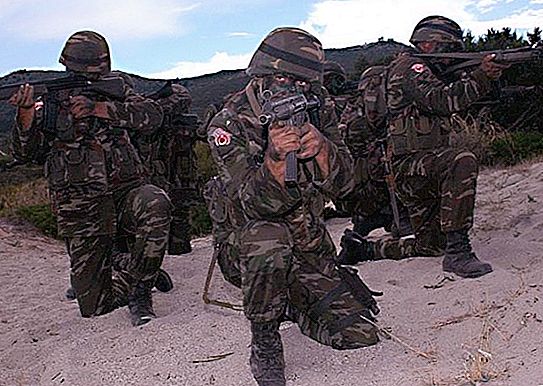
Countries adjacent to this organization were by no means always hostile to the Soviet Union, but were automatically included among its most likely opponents, because under the terms of the treaty they were obliged to participate in hostilities, regardless of who "first started". Those who preferred to maintain a neutral position could count on the favor of the Soviet state and successfully used this fact for mutually beneficial economic cooperation (the most striking example is Finland).
NATO countries, especially Great Britain and the then Federal Republic of Germany, represent an impressive military force, but, of course, the United States of America has remained the backbone of the alliance from the day it was founded.
Fortunately, the days of the Cold War are over, and the very expression "NATO country" no longer carries anything negative, terrible and terrible.

The Atlantic Union, although it remains primarily a military organization, is not at all interested in fomenting a world war, although it is very difficult to call it particularly peace-loving … However, if humanity sooner or later gets prudence, then the military blocs themselves will die out as unnecessary! How to know …


